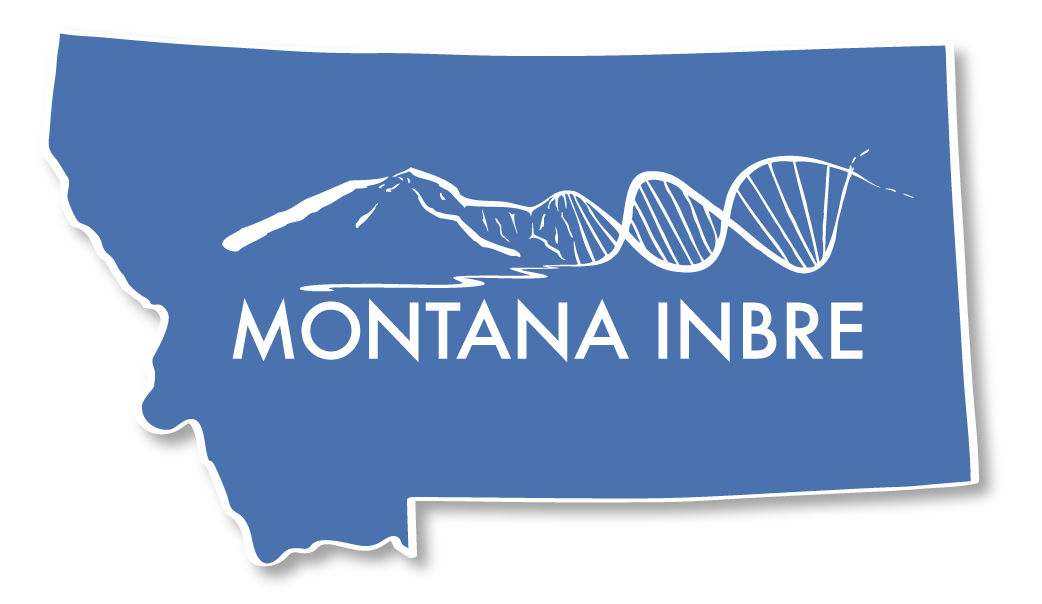Dr. Andrij Holian presents Toxic Air Pollution Why Should We Care?
November 16, 2006
A scientists role is to generate data so the public can make an informed decision. This statement is Andrij Holians mantra. He believes the only way to improve air quality is when industry, government and the academic sectors agree to work together. Dr. Holian, a research scientist working on the biological mechanism of lung injury from air pollution, is the director of the Center for Environmental Health Services at the University of Montana in Missoula, which was awarded a five-year COBRE grant. He shared his thoughts on air pollution and politics on November 16, 2006, as part of the Caf Scientifique speaker series.
His talk was titled, Toxic Air PollutantsWhy should we care? His answer: because air pollution can kill. The 1952 London Fog episode caused between 3,000 and 10,000 deaths. A defining moment for air pollution study, this event eventually led to the Clean Air Act and the 1970 creation of the EPA in this country.
Holian sees a divide between his work as a research scientist and EPA policy. He said there are more unknowns than knowns in air pollution study, and, consequently, assessment of health risks is far from an exact science. There is so little exposure information, and many particulates cant be measured, he explained, adding that the EPA regulates only outdoor levels, not indoor levels where air quality is generally accepted to be worse.
Holian talked about the EPAs goal to reduce cancer risk by 75% and its attempt to do so by regulating the dirty thirty, the thirty-three compounds it deemed the most toxic. He explained that the EPA defines reduction by mass, not by the number of particulates in the air. He talked about mixed success of the diesel engine and how it reduces the mass of particulates in the air by producing lots of finer, less weighty particulates. But then he went on to ask, Is it the number, or the mass? His answer: We dont know. We dont have the data.
He also talked about how the EPA looks at particulates discretely, not holistically. He explained that air quality in an area would be deemed acceptable if each of the particulates measured was under the accepted thresholds. With this methodology, an area that exceeded any one of the thresholds, even if all other particulate levels were very low, would be seen as polluted, whereas an area that reaches 90% of all particulate thresholds would be deemed acceptable. Holian said, This is exactly the problem that we will be facing here in Montana. A number of our communities will be over the particulate standard because of biomass (wood) burning, but the rest of the criteria pollutants are quite low. Why should we be penalized?
Holian explained the absence of data is part of a cycle that begins with a communication breakdown. He believes there are few powerful spokespeople in science, which limits scientists ability to get their messages out and therefore limits the publics ability to tell their congressional representatives which issues the EPA should be working on.
Holian accepts the fact that there will always be some degree of pollution in the air. People need to heat their homes, to get to work, to turn on their computers when they get there, he said. It all requires biomass fuel expenditure, and air pollution is a by-product of the process.
When asked what people could do to protect themselves from air pollution, Holian said to allow some air to circulate in ones house during the winter, to air out dry cleaning before bringing it indoors, to keep air deodorizer use to a minimum, and to switch wood burning stoves to pellet stoves. As much as I know I shouldnt have one, I still miss my fireplace, he admitted.
The Café Scientifique was co-sponsored by Montana INBRE and Montana State University COBRE programs.


